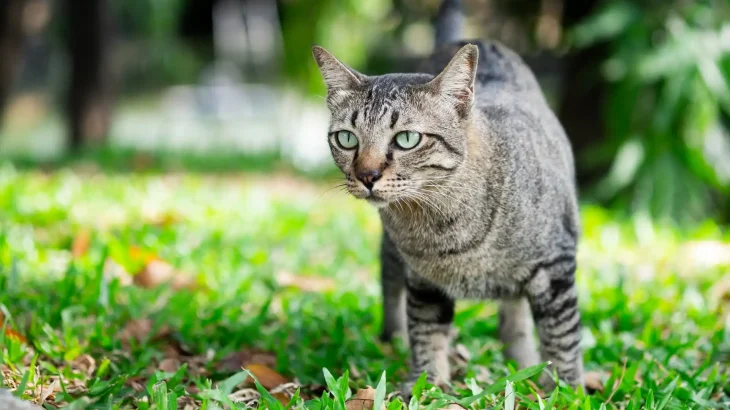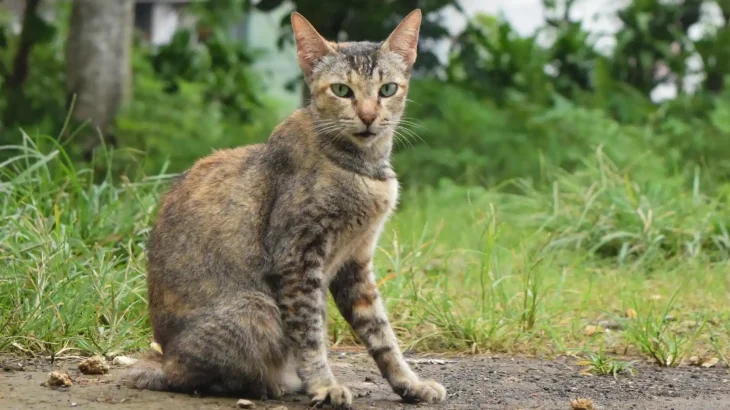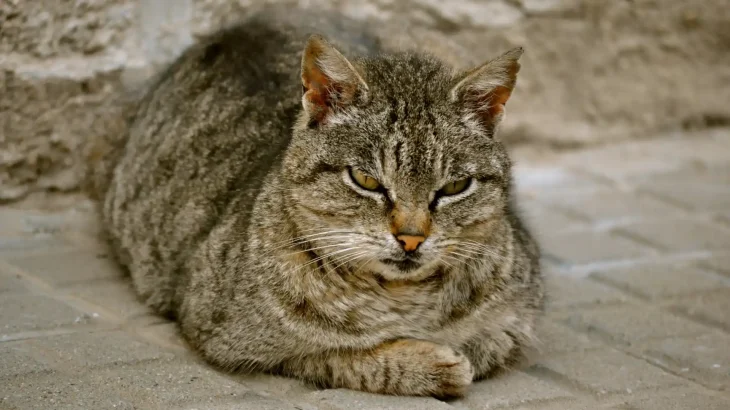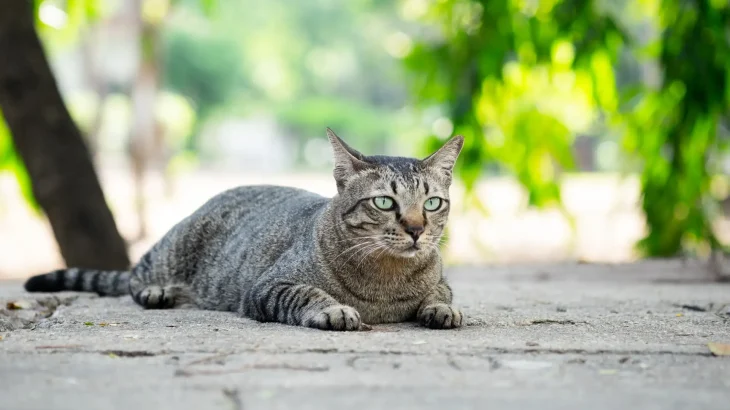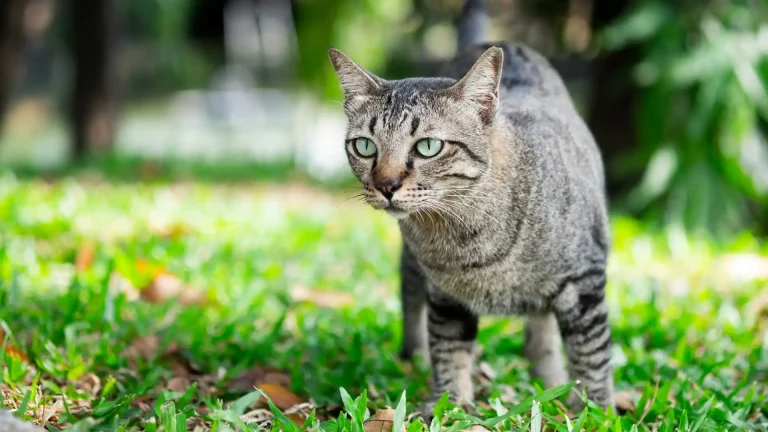When deciding to bring a Moggy into your home, you face the choice between adopting or purchasing a kitten. Adopting often gives a cosy second chance to a cat in need, while buying from a breeder might offer more clarity about the cat's background. Both paths have their unique benefits and considerations worth weighing.
| Criteria | Buying from Breeder | Adopting from Shelter/Rescue |
|---|---|---|
| Cost | Generally higher; breeders may charge more due to pedigree and care. | Lower adoption fees that usually cover basic healthcare. |
| Health History | Breeders can provide detailed health and genetic backgrounds. | Health history might be limited, but health checks are typically done pre-adoption. |
| Age Availability | Mostly kittens, allowing early bonding. | Range of ages available, including adults and seniors. |
| Temperament Insight | Breeders often know lineage temperament traits. | Shelter staff can share observed behaviors but full history may be unclear. |
| Supporting Practices | Supports reputable breeding programs focused on healthy cats. | Helps reduce shelter populations and saves cats in need. |
| Ethical Considerations | Important to choose responsible breeders to avoid supporting unethical breeding. | Promotes animal welfare and responsible pet ownership. |

